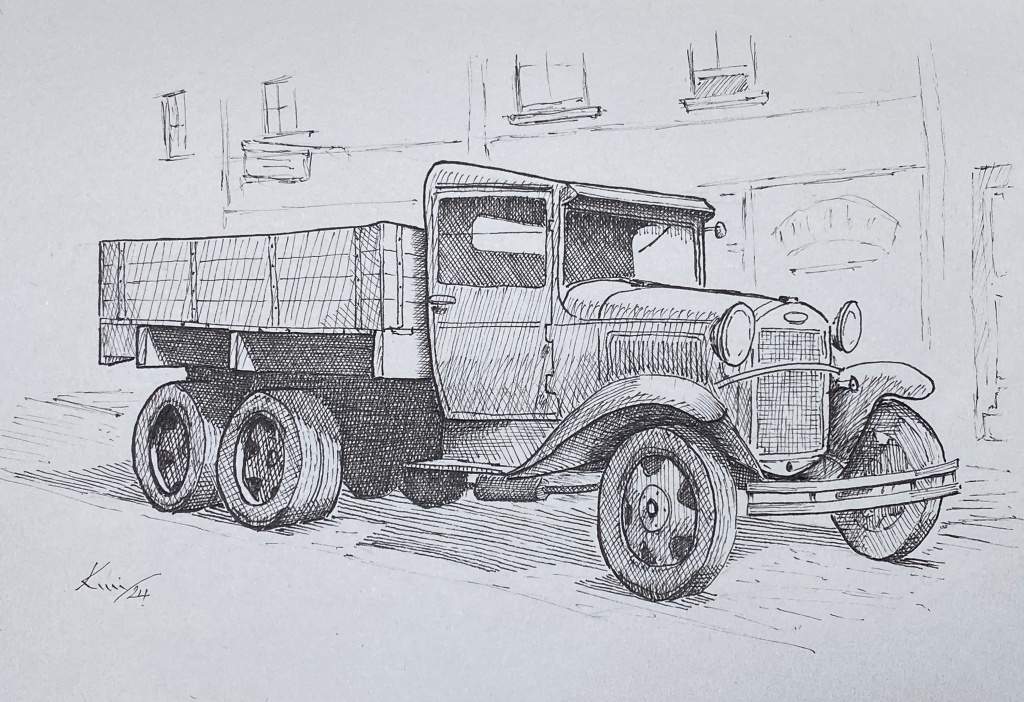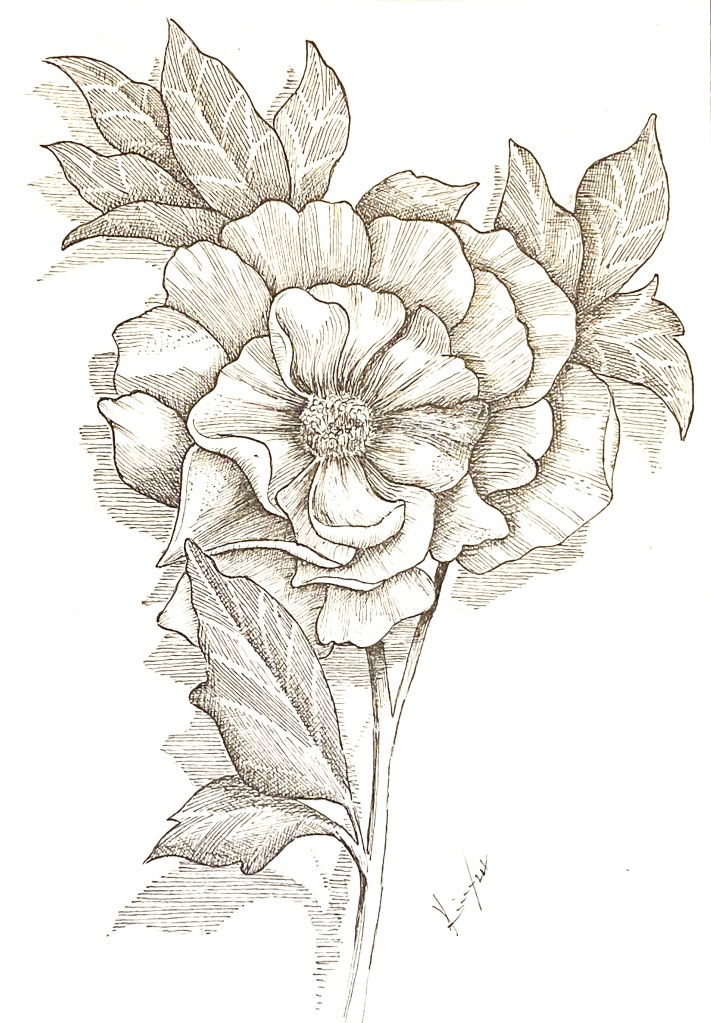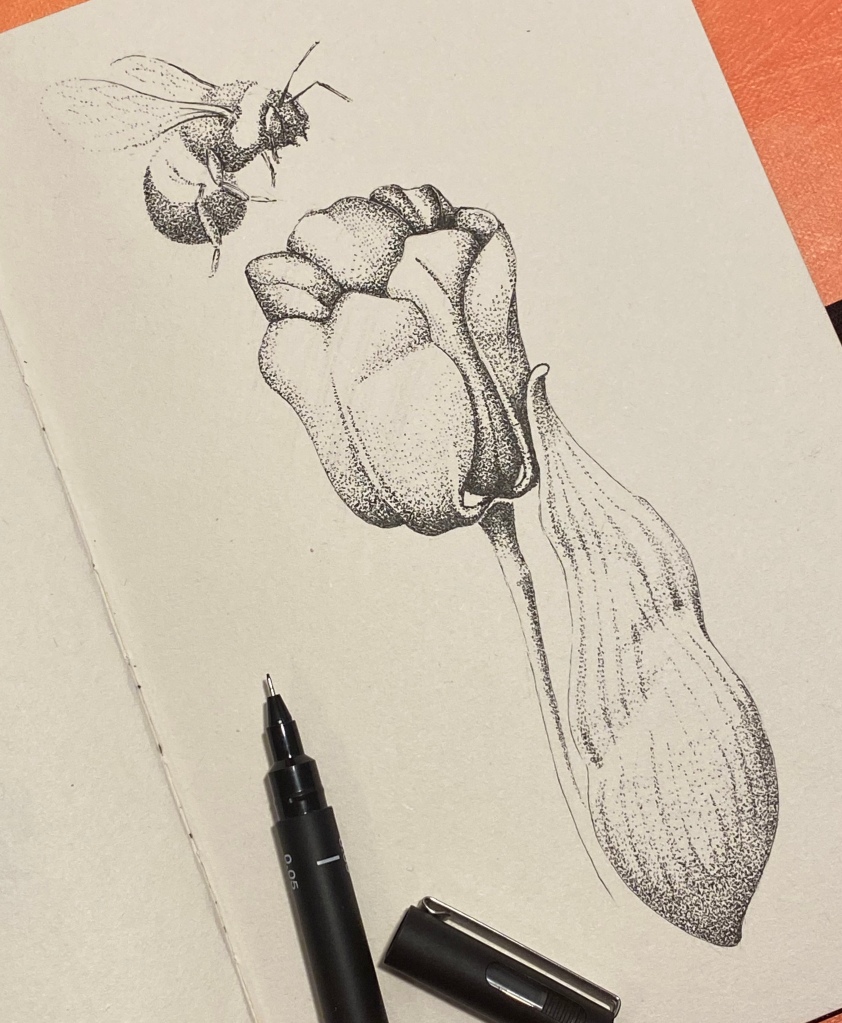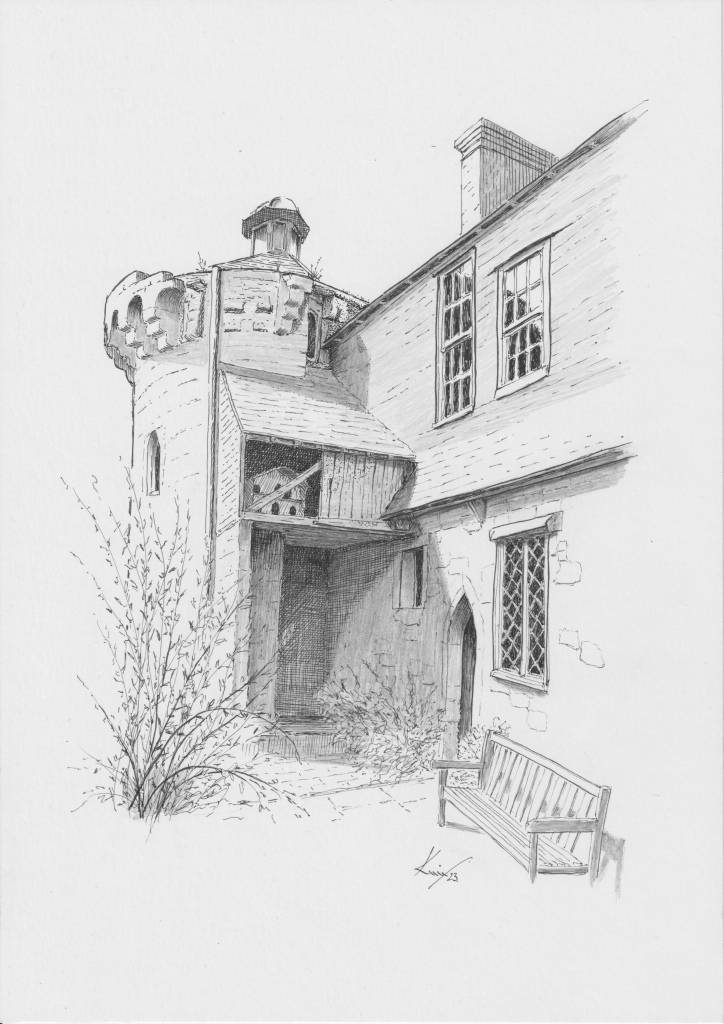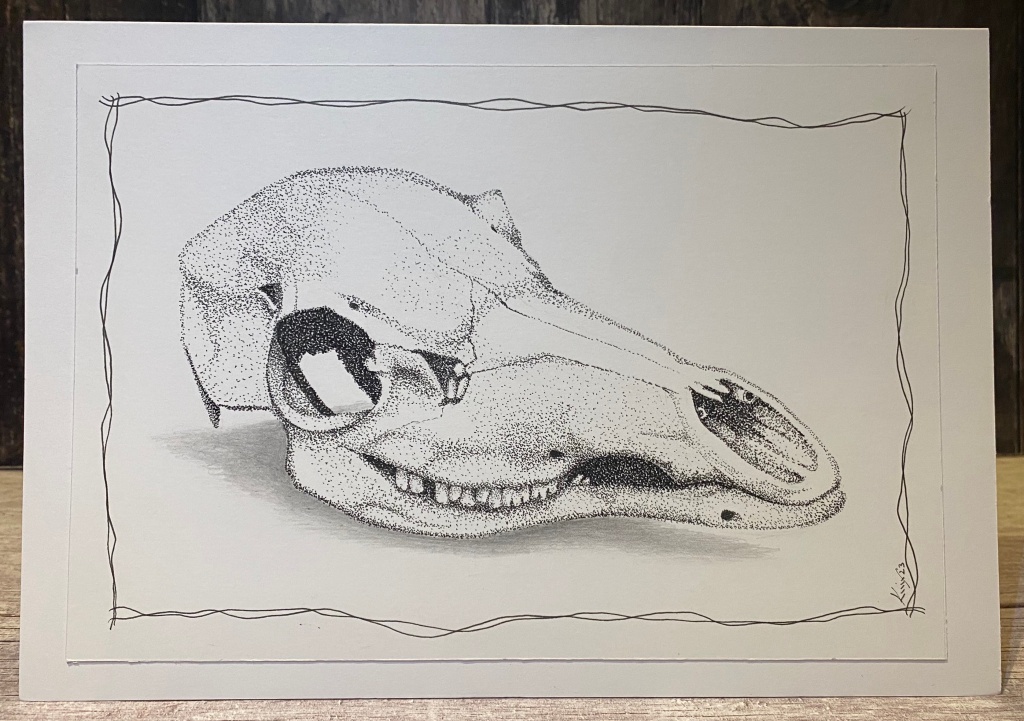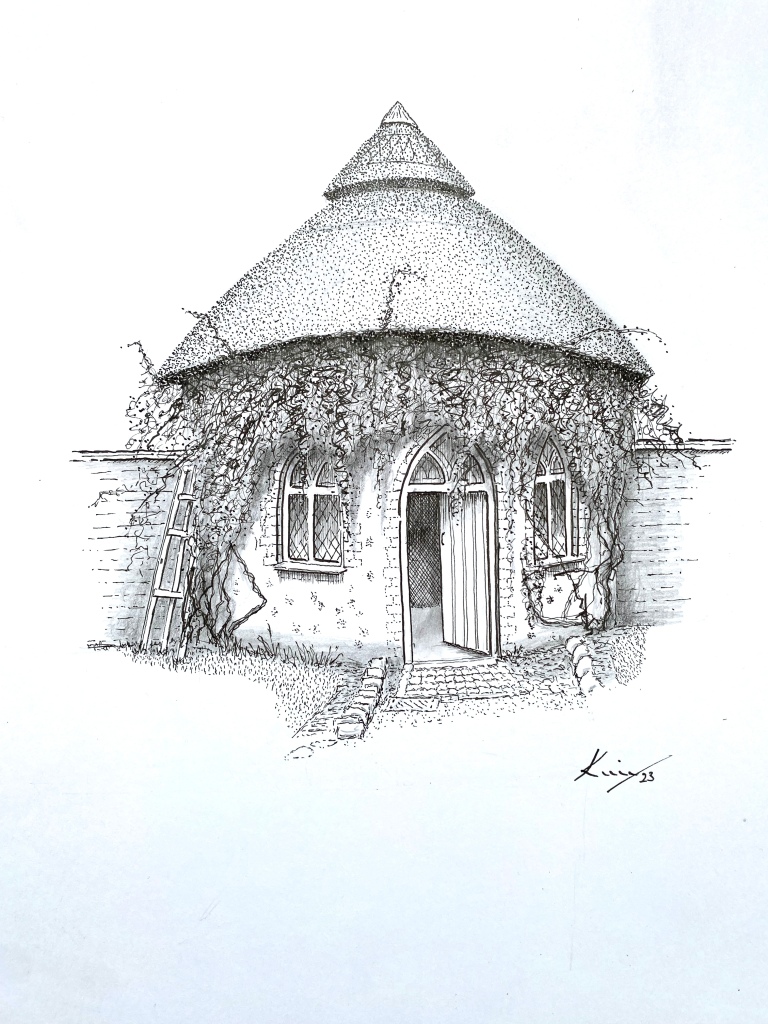Well, it’s a good excuse to do something other than those soft, flowing, organic lines in the flowers. Here we have some good old, sturdy, straight lines and sharp angles, and plenty of hatching.
I liked the look of this 1920s style truck and thought it deserved sketching. It’s not quite old enough to have moved the Clampetts* to Beverley Hills, that was, apparently, a customised 1921 Oldsmobile 43-A roadster. I added a loose background for a little context. Completed with fine liners in my sketch book.
What do you think?
(*As in the ‘Beverley Hillbillies‘ American TV sitcom, 1962-1971)
